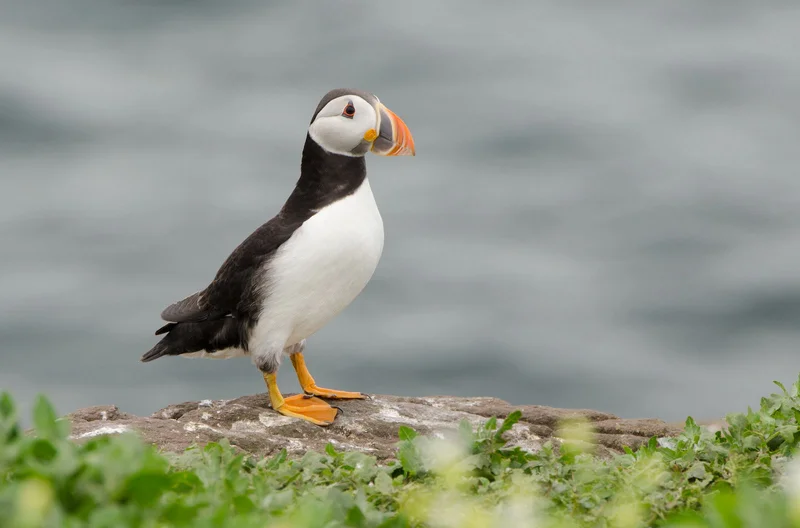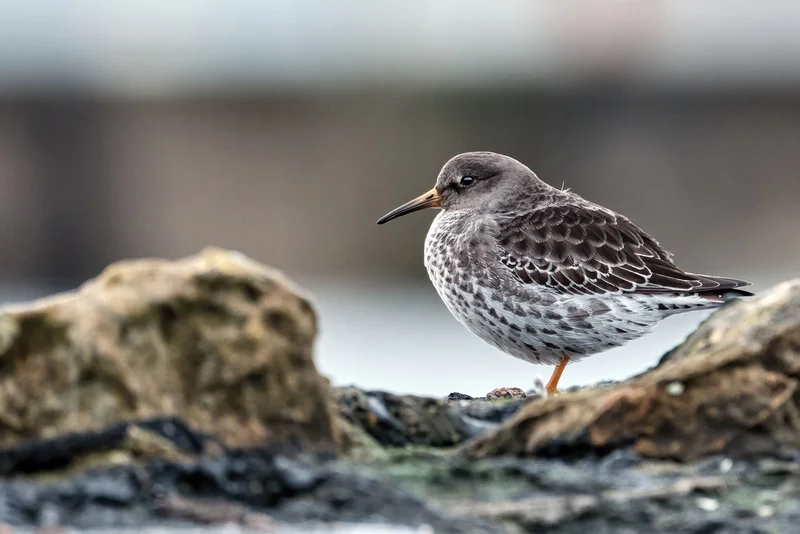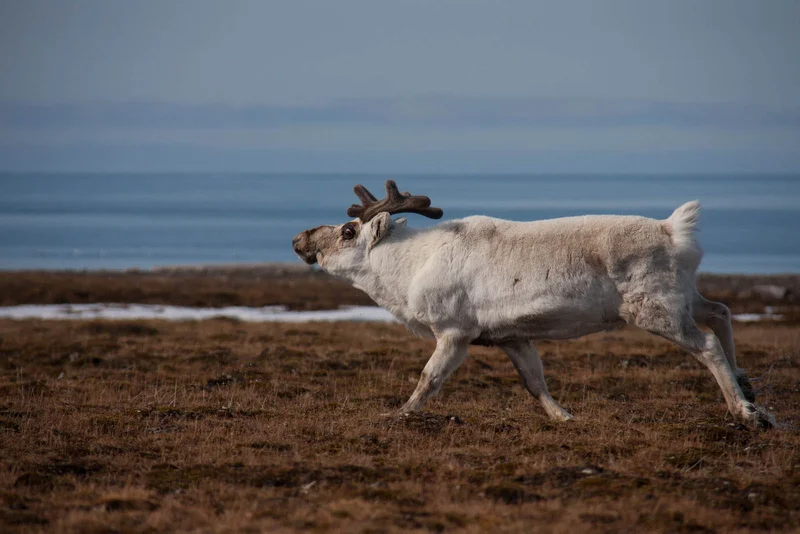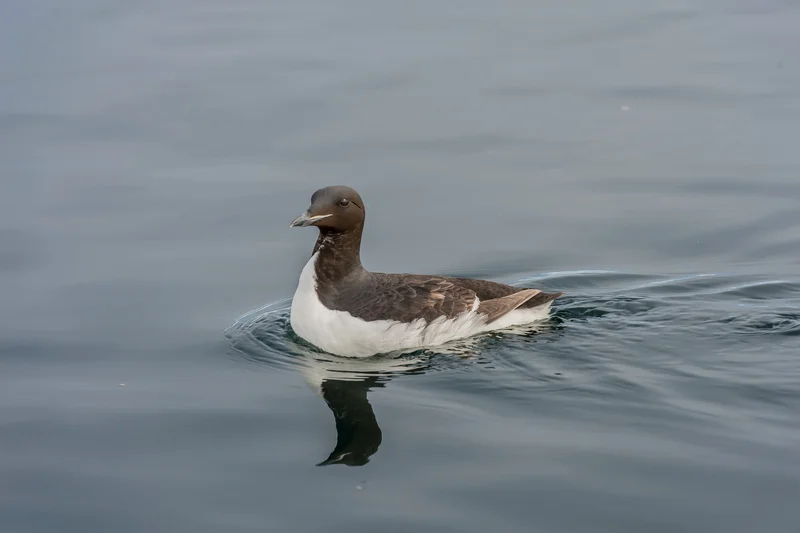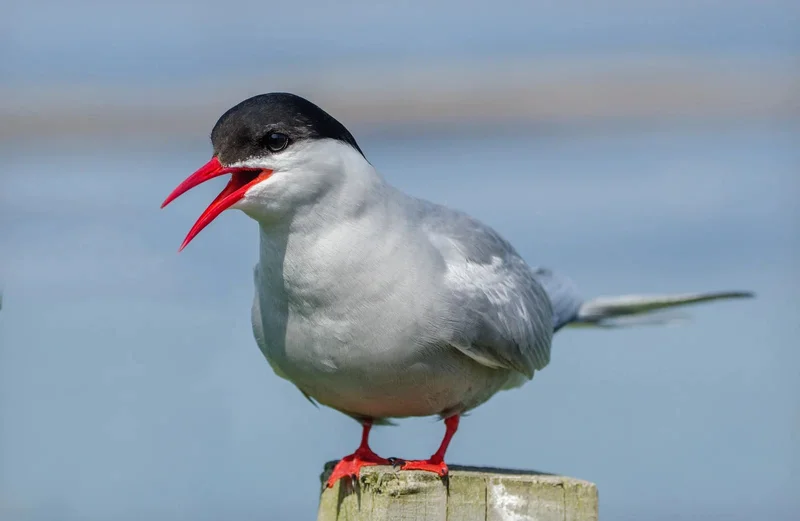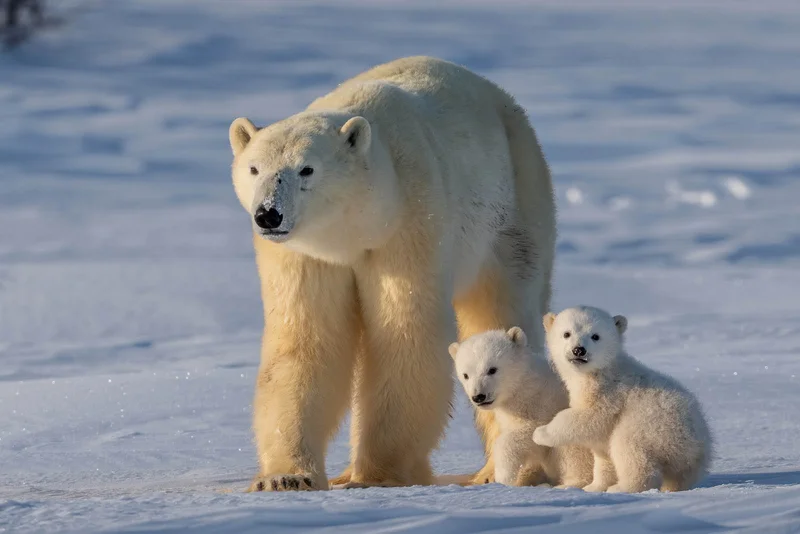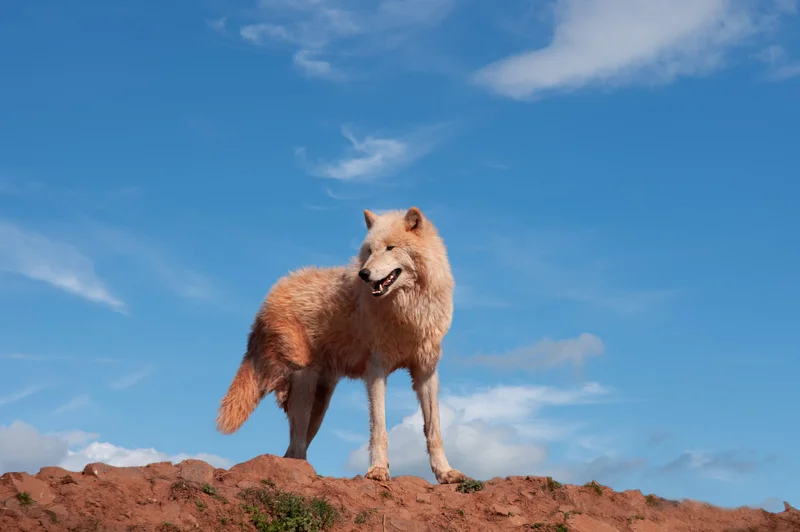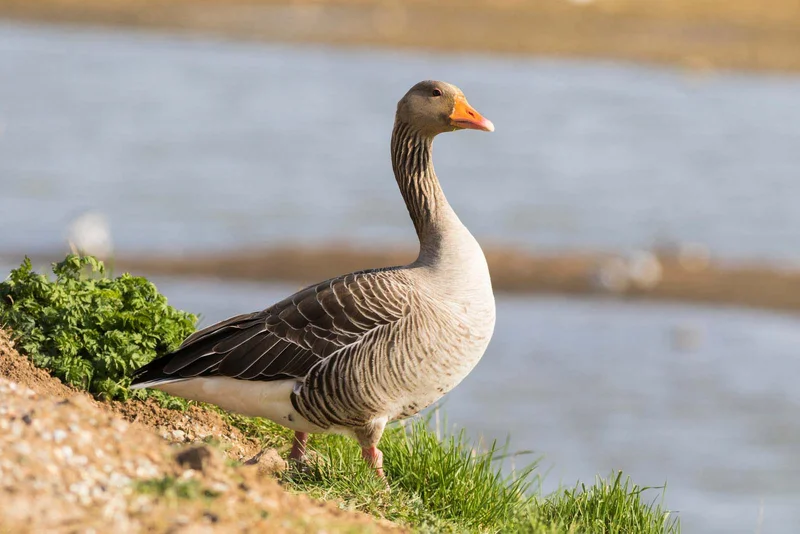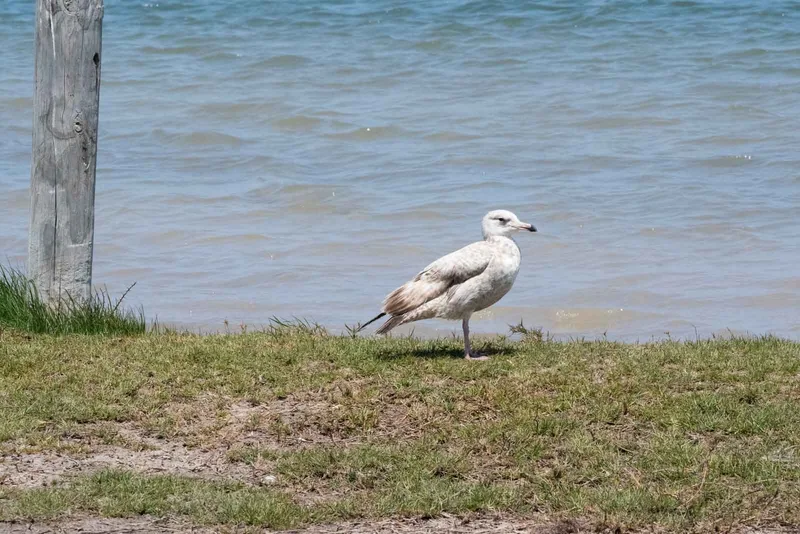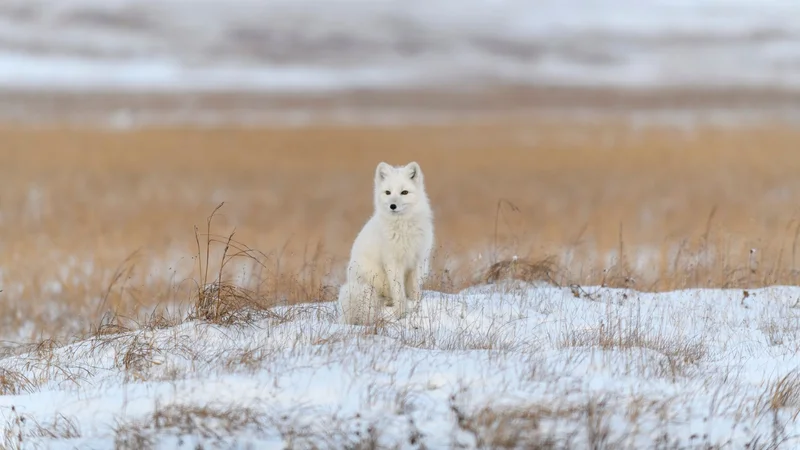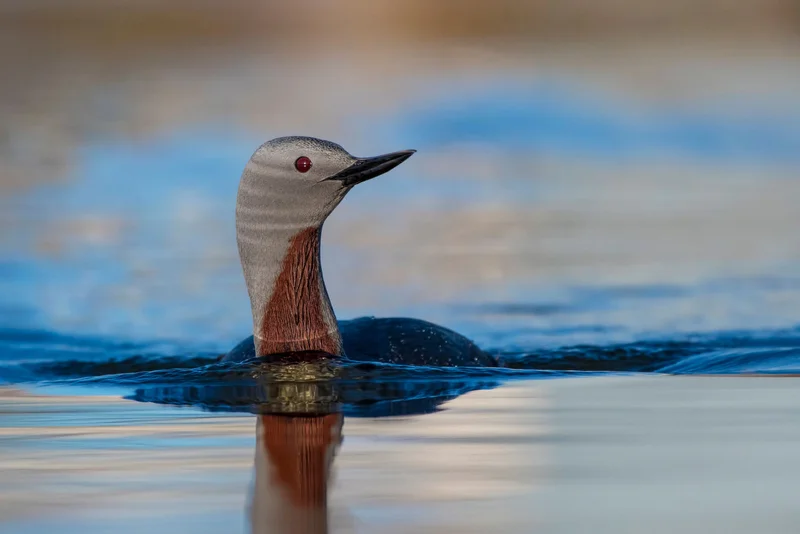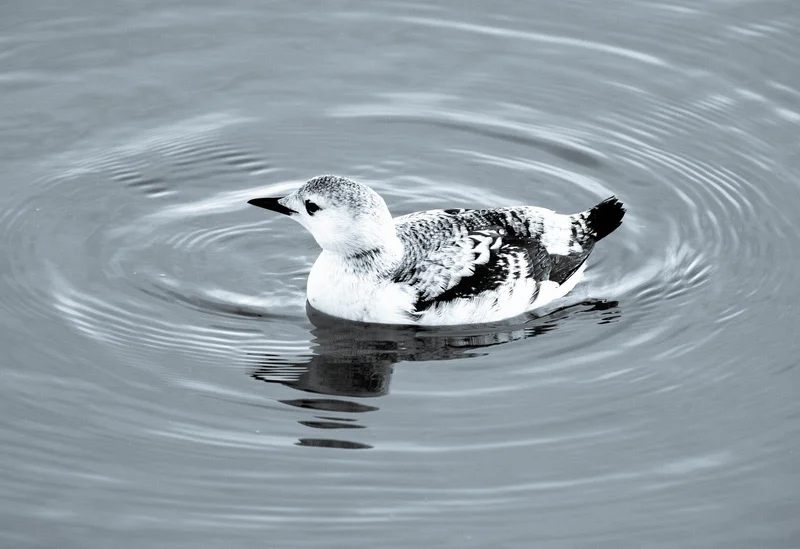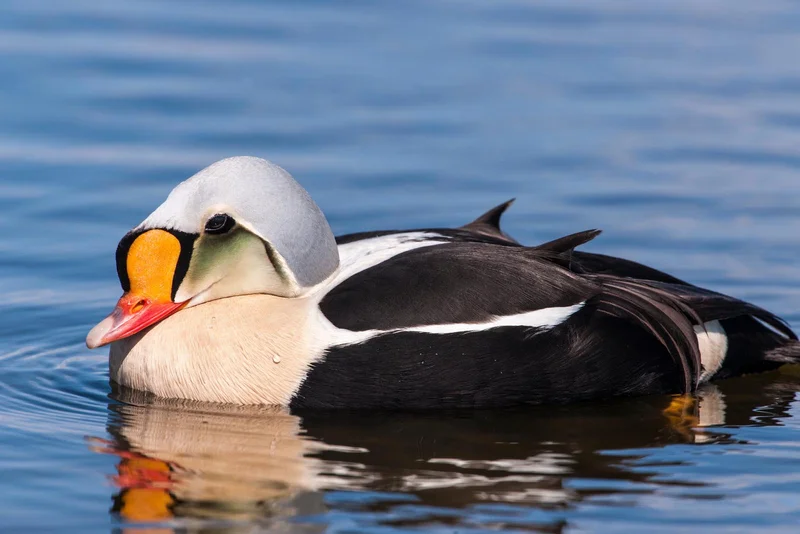Essential Barnacle Goose Information
The barnacle goose is an Arctic-breeding species found primarily in regions such as eastern Greenland, Svalbard, the Baltic Sea, and the Barents Sea. Despite the name, barnacle geese are not related to barnacles; rather, an old legend suggested they grew out of goose barnacles found on coastal rocks.
Physical Characteristics
Barnacle geese grow up to 70 cm (28 inches) in length with a wingspan of around 1.4 meters (55 inches). Their appearance is striking, with black heads, necks, and breasts, contrasting with their white faces and bellies. Their wings are grey, adorned with black-and-white bars.
Nesting and Chick Survival
To avoid predators like Arctic foxes and polar bears, barnacle geese nest high on cliffs in mountainous areas. After hatching, chicks must leap from these high nests to reach feeding areas near water. While their lightweight bodies and thick down help cushion their falls, fewer than 50% of the chicks survive the descent and subsequent threats from predators. Despite these challenges, barnacle geese populations remain stable, with around 220,000 individuals worldwide.
Conservation Success
The Svalbard population of barnacle geese was nearly wiped out by hunting, with only 250 birds remaining in 1943. However, after hunting protections were enacted, the population rebounded to over 33,000 today. These geese can live for more than 30 years in the wild and are known to form lifelong pairs.
Interesting Facts
- Chick Survival: Barnacle goose chicks must leap from cliff nests to reach feeding grounds, with less than 50% surviving their first month.
- Lifelong Pairs: Barnacle geese pair for life and can live over 30 years in the wild.
- Population Recovery: After protections were put in place, the Svalbard population rebounded from 250 to over 33,000.

